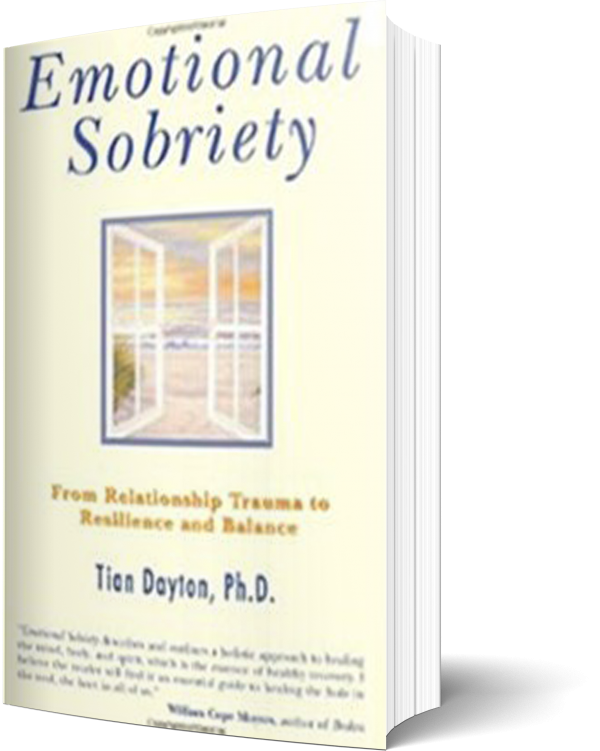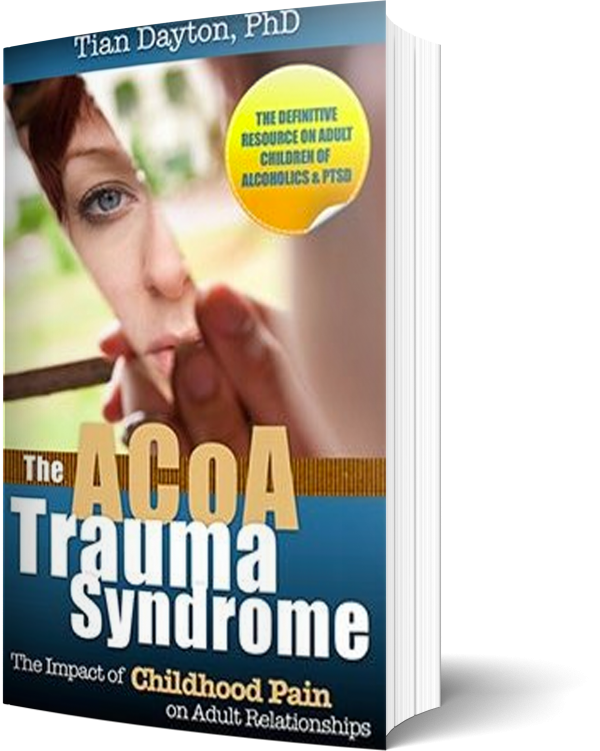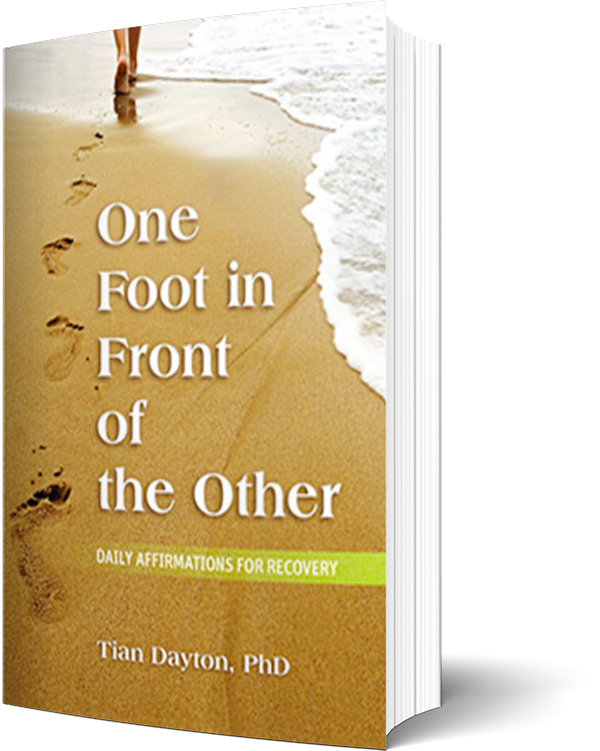Optimist’s, according to research tend to be healthier, are more active, eat more fruits and vegetables and spend more time actively with others. So who wouldn’t want to be one? The question is, can optimism be learned, and if so, wouldn’t that be a great New Year’s resolution?
Martin Seligman, the world’s leading scholar on ‘learned helplessness’ and depression, in his presidential address to the American Psychological Association, urged psychology to “turn toward understanding and building the human strengths to complement our emphasis on healing damage.” That speech launched today’s positive psychology movement. Seligman became the world’s leading scholar on optimism. Optimists, says Selegman, see life through a positive lens, seeing “bad” events or situations as temporary setbacks or isolated to particular circumstances that can be overcome by their effort and abilities. Pessimists, on the other hand react to setbacks from a presumption of personal helplessness, they feel that bad events will last a long time and will undermine everything they do and are their fault.
Because Selegman saw that helplessness was a learned phenomenon, he also realized that UN-helplessness could be learned. We can learn, in other words,how to be optimists.
Seligman suggests a step by step, “ABCDE” way of categorizing this approach. Examine:
He suggests that we learn to hear (and even write down) our beliefs about the events that block us from feeling good about ourselves or our lives and the “recordings” we play in our head about them. He suggests that we write out the consequences of those beliefs and the toll they take on our emotions, and our energy and will to act. Then once we have gotten familiar with these pessimistic thought patterns we run through our heads, he suggests that we dispute those beliefs and distract ourselves. Disputation can involve challenging the usefulness of the belief, generating alternative specific external ideas and solutions, and temporary explanations, focusing on evidence that contradicts the negative belief and supports a more positive interpretation.
“Disputing and distracting” can be employed to stop the “loop” of these tapes in your head.
Finally, notice what happens to your energy and will to act when you dispute the negative beliefs. Over time, the disputation becomes rapid and effective as the energization from it rewards you for the effort. Eventually, the positive explanatory style becomes your “default” response. It becomes second nature, in other words, to focus on the positive and minimize negative projections and forecastings.





